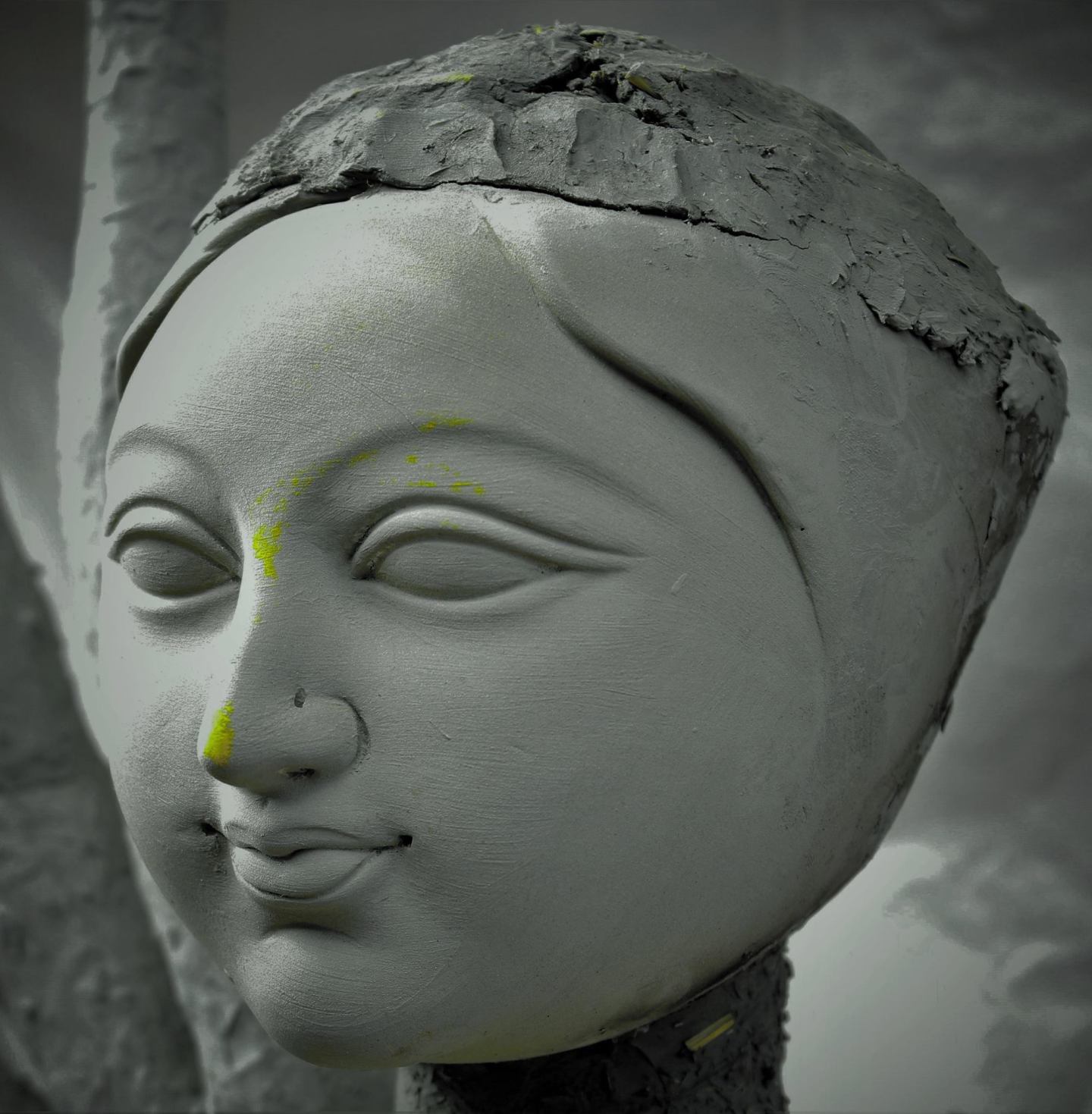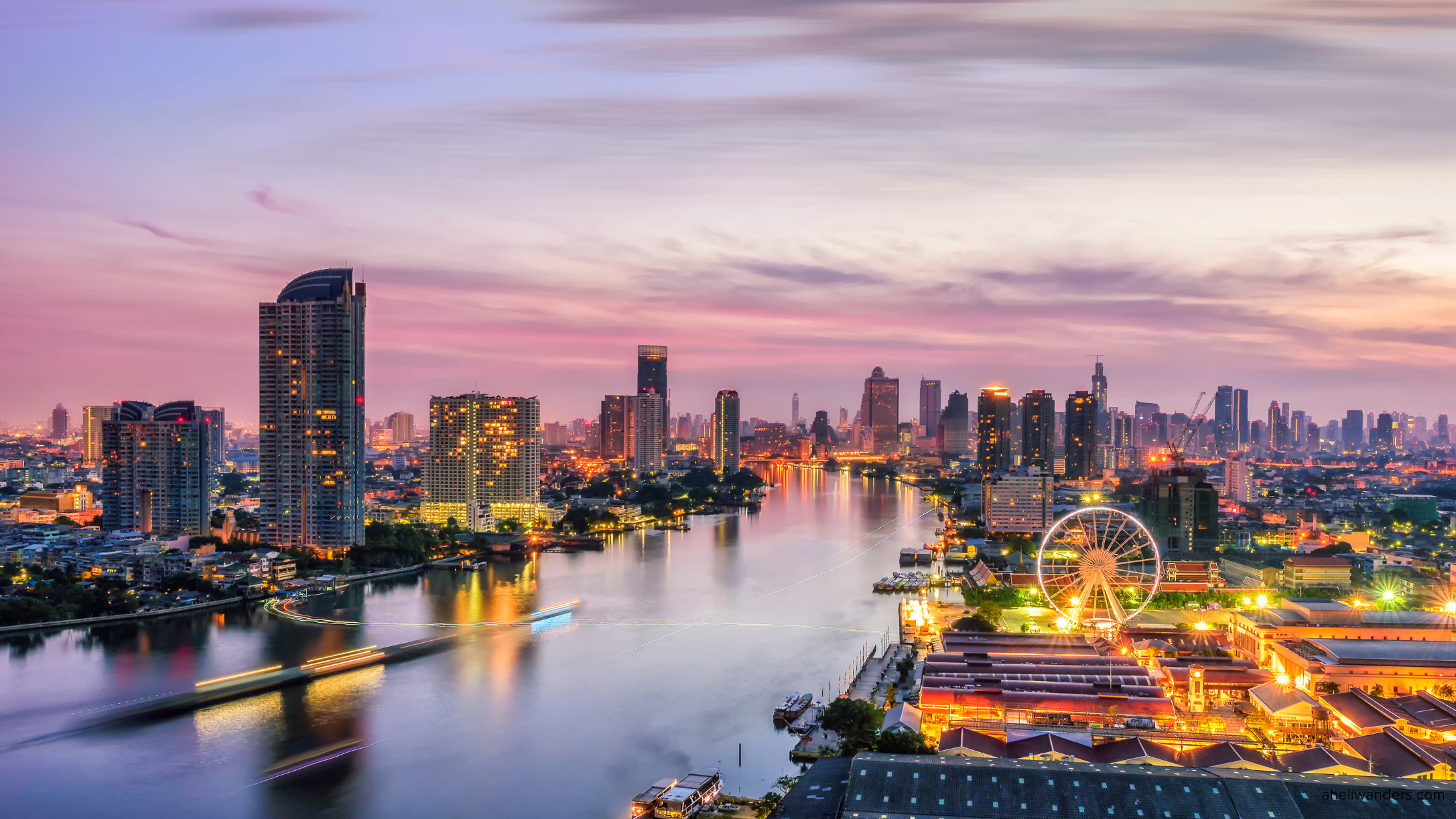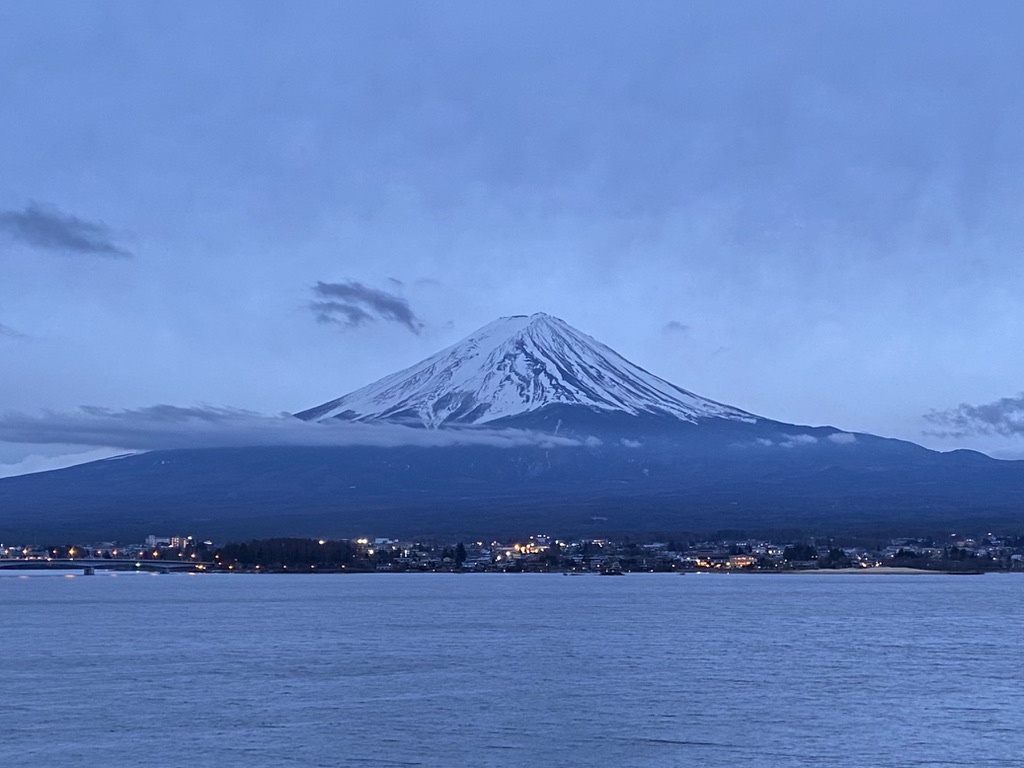Diving into Durga Puja
- I am not an expert
- There is no way to capture “what is hinduism” because it varies from person to person
- Hindu celebrations vary widely and few are celebrated the same way
- Most spiritual terms cannot be wholly translated into English
- My most wonderful cousin- Sanchita Bhattacharyya- is an incredible photographer and provided me with all the photos of Kolkata Durga Puja.
- I could not do this with out my mom- I am indebted to her brilliance and compassion.
What is Durga Puja?
Durga Puja is a ten day celebration in late September or October of the goddess Durga. During Durga Puja, Hindus celebrate her victory over evil with special prayers, readings, decorations and dramatic events recounting her legend.
Who is Durga?
Durga is the goddess of strength and power. Accordingly to Hindu mythology, when a particular Asur (demon) got too strong for the male gods, they collectively appealed to Durga to vanquish the demon. They showered her with their most potent weapons, one for each of her ten hands. But victory was not easy. The asur kept changing his form to evade her. Finally, Durga tracks him down, hiding in the skin of a water buffalo, and slays him.

Durga is typically depicted in moment she victoriously kills Asur. This image (above) shows her in action, yet her face is calm and serene. Durga is violent, not because of her hatred, egotism or pleasure in violence, but because she acts out of necessity, for peace, for love, and for preservation.
She is also often shown surrounded by her four children- Lakshmi the goddess of wealth, Saraswati the goddess of learning, Kartik the god of war, and Ganesh, the god of benevolence. Now Durga is powerful enough to be shown by herself. She was the only one capable to defeat the Asur. However, she is not alone in the universe. She was strengthened by the gifts & knowledge from the other gods. She acts in the interests of protecting her children and the future generation. This is why Durga is known as both the “warrior goddess” and the “mother goddess.”

During Durga Puja, we are reminded that we are all connected. No one person can act alone, autonomously, without affecting others. It is our manava dharma (religion of mankind) to become more human by acknowledging and enacting this interconnectedness to the universe. Durga represents everyone regardless of religion, gender, or orientation. During this time, we are reminded to think about our place in the universe, renew our ethical commitments, reconnect with family & friends, and stand up for goodness and justice in the world. Durga is a part of us- representing our ability to challenge wanton violence and might, and a figure we aspire to be.
The (Cool Social Justice-y) History of Durga Puja
Durga Puja as we know it today was popularized in the 20th century as an act of resistance.
Worshiping Durga dates back millennia. Originally, worship occurred in temples throughout India, most abundantly in Bengal. In the 18th century, Kolkata’s elite- wealthy kings, landlords, and merchants- began organizing pujas within their homes- combining the religious ceremonies with theatrical and musical performances.
As Durga Puja began to shift into a elite cultural event- the British started taking over India, imposing rules, segregations and hierarchies. During this time, Durga became a symbol of resistance- a goddess who fights against “evil” (British colonialism). As interest in Durga increased, community members initiated Durga Pujas in outdoor areas- like like fields and parks, and away from the private temples and residences. These sarbojanin pujas (collective worship) were open to all- irrespective of religion, gender, age or class. What was originally an exclusive family affair transformed a whole community event.
Celebrating Durga Puja
Durga is rarely a permanent deity in a Bengali temple. Her image is created in clay before each puja and at the end of the five days, her image is immersed into the river water. Her image is housed in a temporary public edifice- called a pandal. Every Durga image and pandal are different as you can see below. Each reveals a mesmerizing display of artistry and skills, made even more special given they are only created for a short period of time. Below you’ll see a series of images taken by my cousin, Sanchita Bhattacharyya. She and my mother visited Kumortuli where they create the images of Durga.

© Sanchita Bhattacharyya


 Skilled Craftsman from Kurmatoli © Sanchita Bhattacharyya
Skilled Craftsman from Kurmatoli © Sanchita Bhattacharyya

One of the best places to celebrate Durga Puja is in Kolkata. You may have read my account of crossing the street or tales of chili garlic prawns, but Kolkata during Durga Puja is a whole atmosphere. During Durga puja, Kolkata transforms into a multi-day open air art festival filled with makeshift artistic displays and performances. The city closes, as a carnival-like atmosphere descends on the city as people hop from one pandal to another, enjoying the sensory overload. Each neighborhood and club in Kolkata tries to outdo one another through the form, material, and beauty of the images and pandals they commission. As you will see below- the themes & images range dramatically.








The celebrations in Kolkata are magnificent. I truly cannot wait to visit one day. My own experience celebrating is very different. Growing up in Connecticut, I took time out of school to celebrate with my family and the rest of the (very small) Bengali community. Durga Puja was squeezed into a weekend, where we’d head over to a local school auditorium or church hall. On Friday night, men and women would set up the hall with our recycled images while playing Bengali music and eating Bengali food. At this time, I’d join my other Bengali friends in extreme games of hide & seek or tag as the grown ups did their thing. On Saturday morning, we’d all come together, say some prayers, and then watch various performances over the next two days.
To me, while growing up, the religious ceremony was one small part in a larger celebration to hang out with other Bengali people- something I didn’t get to do in my normal day to day. As an adult, I struggle to contextualize this experience to my partner and many friends who grew up attending church or temple. I was brought up in a non-faith based, non-ritualistic Hindu tradition. We did not gather at a specific temple, have a specific priest or follow any set of rules defined in a book. Instead, I was brought up to live religion in a spiritual, philosophical sense. I was expected to figure out for myself — hence my typical inability to express feelings about religion as actual articulated thoughts- how to be connected to a larger universe. It is an evolving process, and something that I will continue to ponder here as I wander around.


![Best 2 Player Games [Updated]](https://aheliwanders.com/wp-content/uploads/2025/01/Board-Games.png)

Leave a Reply to Helena LopezCancel reply